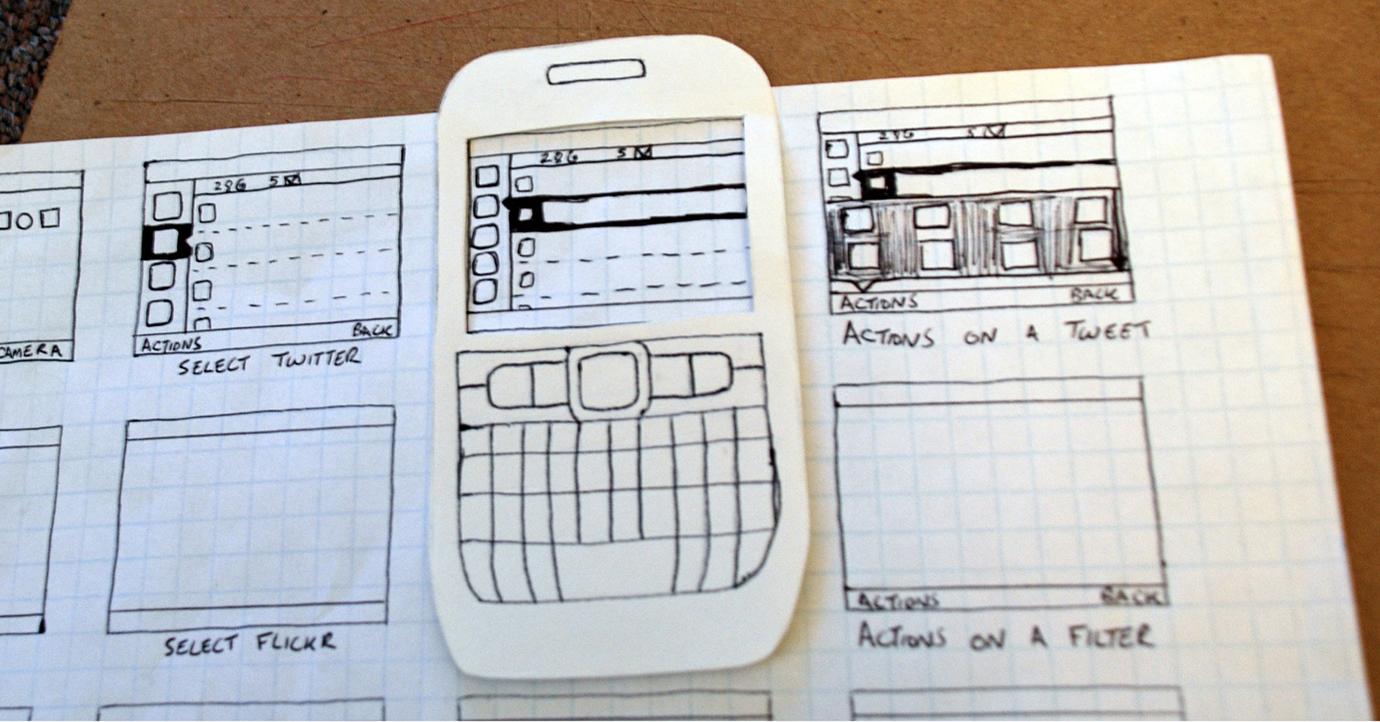Strategies to Ensure Prototype Quality
Prototyping affords both the engineer and the user a chance to “test drive” software to ensure that it is, in fact, what the user needs. Also, engineers improve their understanding of the technical demands and the consequent feasibility of a proposed system.
Prototyping is developing a trial version of a system (a prototype) or its components or characteristics to clarify the system's requirements or reveal critical design considerations. By educating engineers and users, prototyping may be an effective technique for correcting weaknesses of the traditional “waterfall” software development life cycle.
The basic idea here is that a throwaway prototype is built to understand the requirements instead of freezing the requirements before a design or coding can proceed. This prototype is developed based on the currently known requirements. By using this prototype, the client can get an “actual feel” of the system since the interactions with the prototype can enable the client to better understand the desired system's requirements.
Prototyping is an attractive idea for complicated and large systems where no manual process or existing system can help determine the requirements.
The prototypes are usually incomplete systems, and many details are not built into them. The goal is to provide a system with overall functionality.
 Advantages of the Prototype model:
Advantages of the Prototype model:
- Users are actively involved in the development
- Since, in this methodology, a working model of the system is provided, the users get a better understanding of the system being developed
- Errors can be detected much earlier
- Quicker user feedback is available, leading to better solutions
- Missing functionality can be identified easily
- Confusing or difficult functions can be identified
- Requirements validation, Quick implementation of incomplete but functional application
Disadvantages of the Prototype model:
- This leads to implementing and then repairing ways of building systems
- Practically, this methodology may increase the complexity of the system as scope of the system may expand beyond the original plans
- Incomplete application may cause application not to be used as the full system was designed
- Incomplete or inadequate problem analysis
When to use the Prototype model:
- Prototype model should be used when the desired system needs to have a lot of interaction with the end users
- Typically, online systems and web interfaces have a very high amount of interaction with end users and are best suited for the Prototype model. It might take a while for a system to be built that allows ease of use and needs minimal training for the end user
- Prototyping ensures that the end users constantly work with the system and provide feedback, which is incorporated into the prototype to result in a usable system. They are excellent for designing good human-computer interface systems.
We understand how to implement everything we share in our blog in our projects, so if you still have any questions about this article, please feel free to ask us!